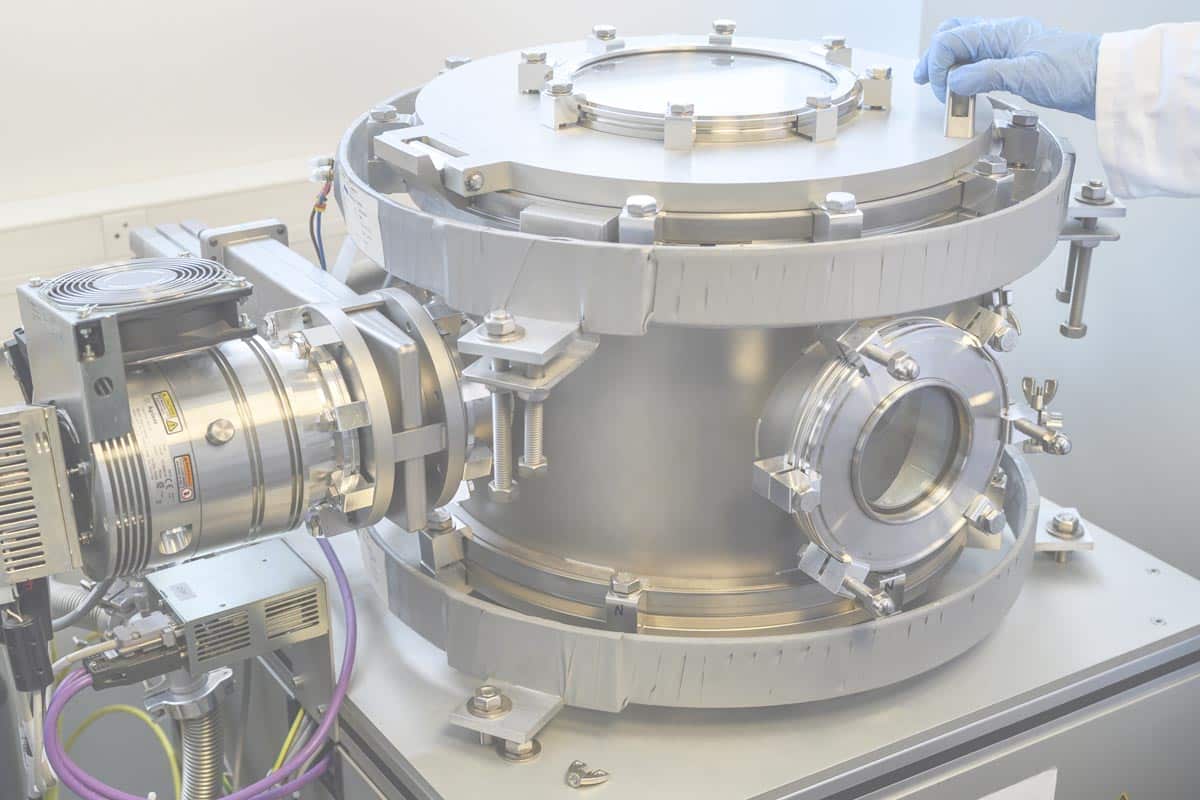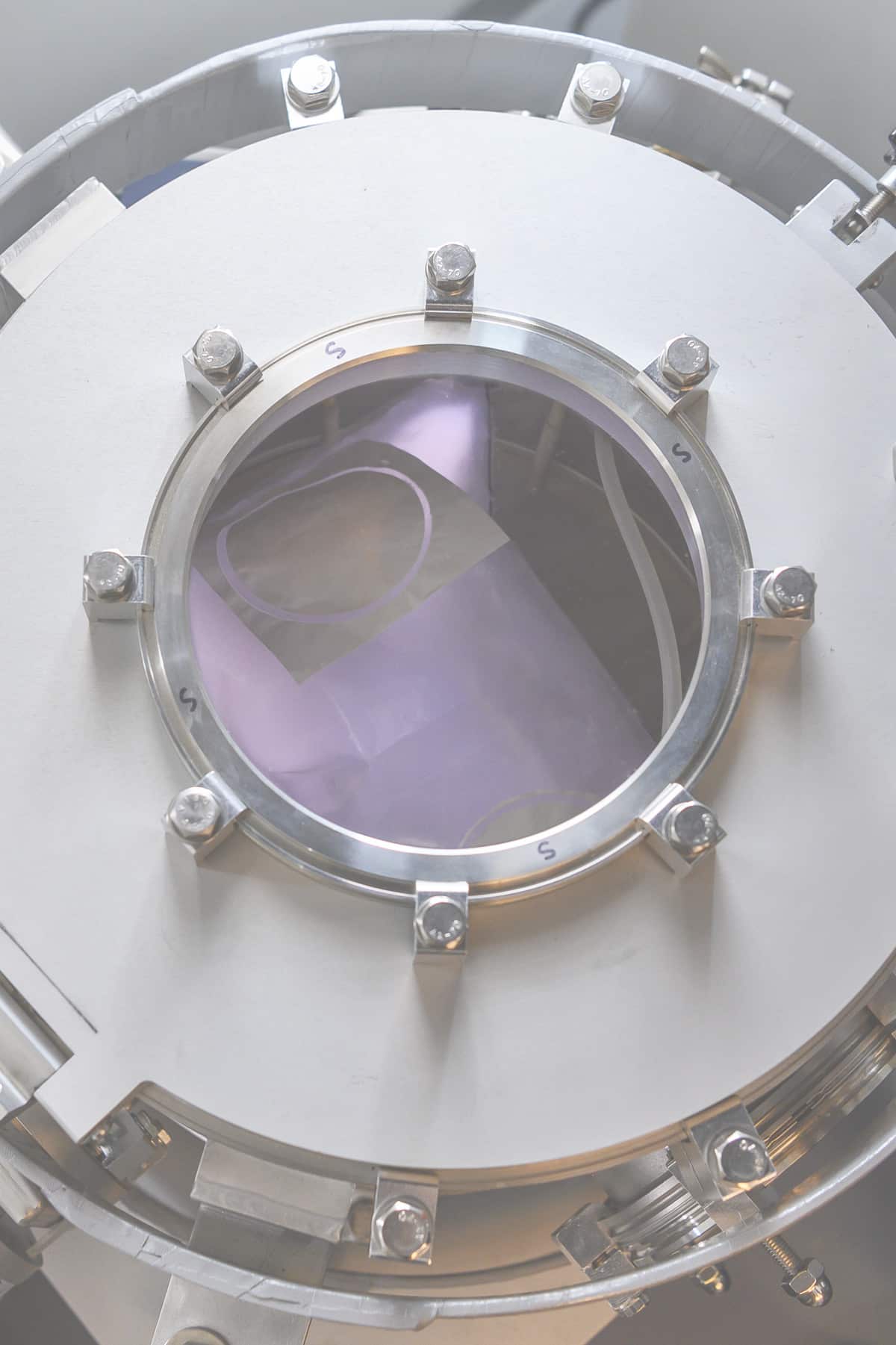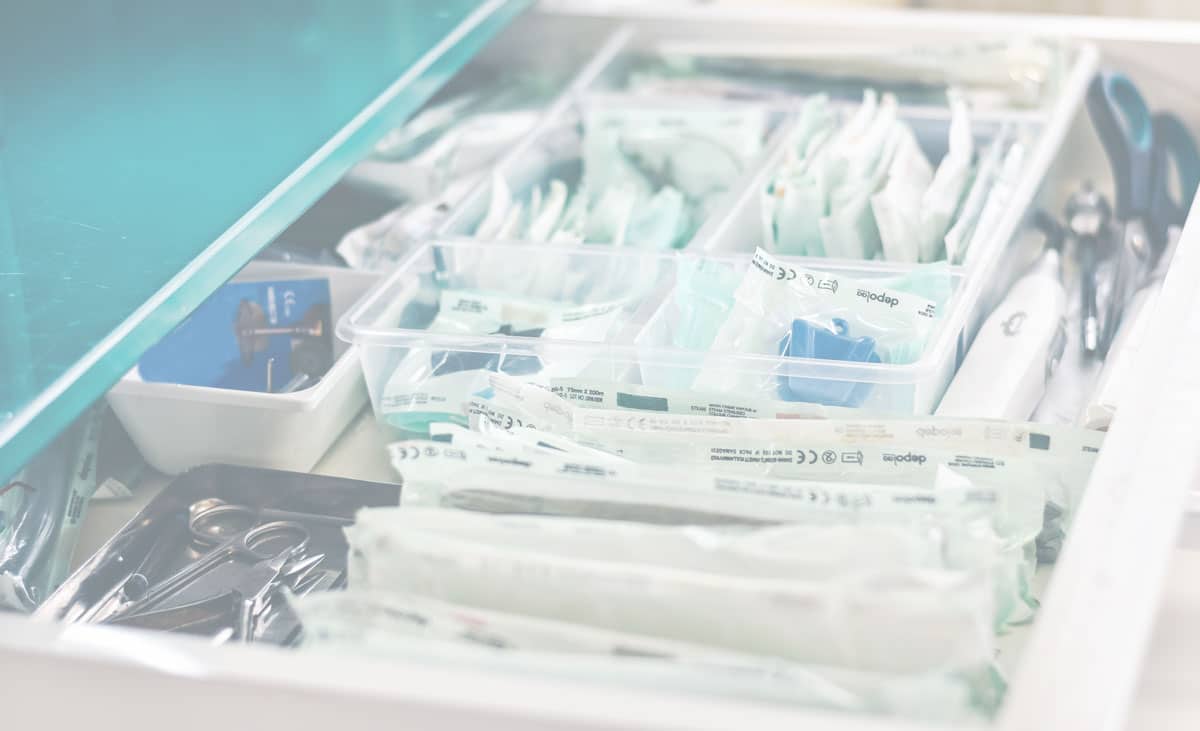



Aurora, cold sterilization specialist
Aurora is a company based in Normandy (France), founded in 2019 by Jan Laarman and Thomas Parias, two entrepreneurs passionate about innovation in the field of health.
Its objective is to become a major player in the field of sterilisation, supported by committed investors, shareholders and partners.

What is Cold Plasma Sterilization ?
Aurora Cold Plasma Sterilization manufactures medical device sterilizers that use cold plasma as the sole sterilizing agent.
It is essential to sterilize all invasive medical devices, i.e. devices that come into contact with the inside of the human body, either through a natural orifice or through surgery. The practitioner thus ensures the health safety of the patient by avoiding a new risk of infection.
A medical device is said to be sterile when there is less than one chance in a million (0.000001% probability) of finding this device contaminated with pathogenic microorganisms (viruses, bacteria or spores). We talk about Sterility Assurance Level (SAL). Aurora reaches the SAL in one hour on all types of microorganisms.
This sterile state must be maintained by a packaging, called Sterile Barrier System (SBS). Each sterilization technology has its own SBS. Aurora offers sterilization bags suitable for cold plasma sterilization.
These bags have a very special design allowing plasma to be created around the medical device. They have an easy closure and an opening respecting good hospital practices. They are single-use for regulatory reasons.
- Damp heat, which consists of exposing a device to water vapor at 134°C under high pressure (2 bar) ;
- Chemical products at low temperature (50-60°C) : ethylene oxide, hydrogen peroxide ;
- Ionizing rays at room temperature : gamma, beta, X rays ;
- Air gas plasma at very low temperature (30-40°C) : Aurora is the only existing technology in the world capable of plasma sterilization.
Plasma is sometimes referred to as the « fourth state » of matter. This designation is misleading because plasma is not a stable state. A plasma is obtained by ionizing a gas, i.e. by transforming the molecules of a gas into ions. This is achieved by placing the molecules of this gas in a magnetic field. Aurora plasma uses radio waves.
There are hot plasmas (lightnings, welding torches, the sun) and cold plasmas (the aurora borealis, neon tubes, Aurora plasma). The plasma temperature depends on the gas pressure and the power of the electromagnetic source.
Aurora plasma is a cold plasma because it is obtained by combining a very high vacuum and reduced radio power. A low temperature (between 30 and 40°C) protects medical devices that contain fragile components.
Aurora ionizes gases in the air (oxygen, nitrogen, argon), alone or in combination. For example, in plasma form, oxygen molecules (O2) dissociate, generating oxygen anions and cations, electrons, UV and visible light. These highly reactive particles have different short lifespans. They form a « soup » in which the medical device to be sterilized is immersed.
The reactive species created in an Aurora plasma are in electronic imbalance: they seek to get rid of superfluous electrons, or to capture the electrons they lack.
They do this by reacting with the molecules of the medium in which they circulate. The molecules that react the most easily are the molecules that make up the microorganisms that we are trying to inactivate.
Plasma ions will break down the walls of spores or bacteria, or the proteins of viruses. The cytoplasm of the microorganism is then exposed to the vacuum. Plasma UV completes the job by degrading the DNA. Thus, the pathogenic organism dies.
After treatment, the electron microscope reveals small sausages (bacteria) exploded in the middle, or simply the shadow of the bacteria that has been completely eaten away by the plasma.

